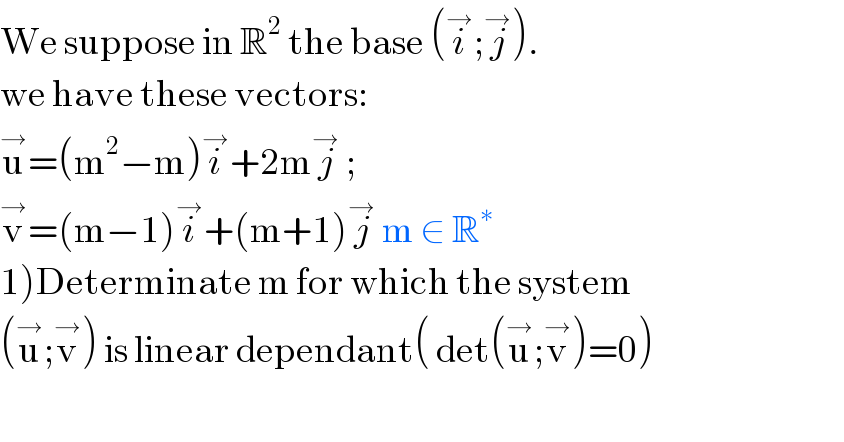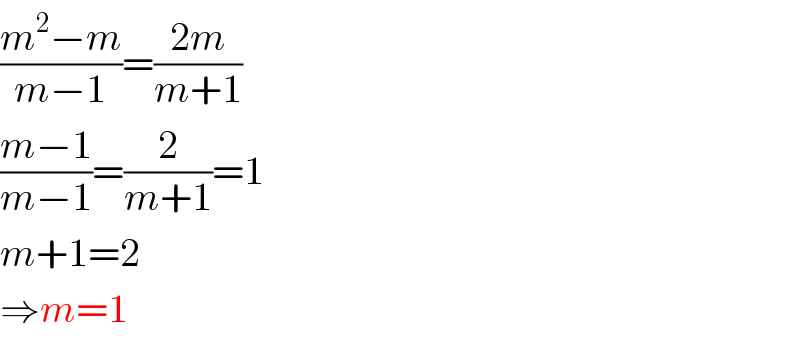
Question and Answers Forum
Question Number 94915 by mathocean1 last updated on 21/May/20

Answered by mr W last updated on 21/May/20

Answered by mathmax by abdo last updated on 22/May/20

| ||
Question and Answers Forum | ||
Question Number 94915 by mathocean1 last updated on 21/May/20 | ||
 | ||
Answered by mr W last updated on 21/May/20 | ||
 | ||
| ||
Answered by mathmax by abdo last updated on 22/May/20 | ||
 | ||
| ||